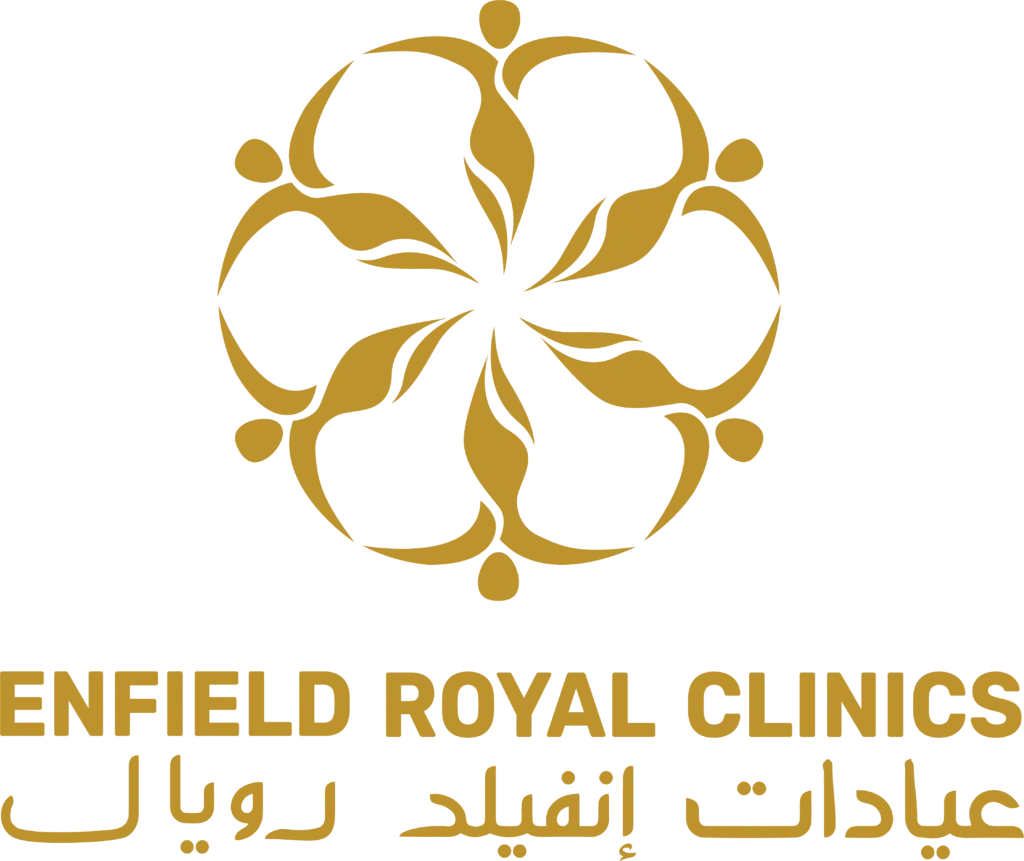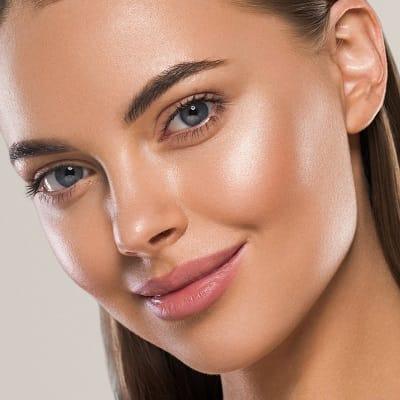Cheek implant surgery in Islamabad is a very common aesthetic surgery, the main purpose of which is to correct the face and give the desired shape to the cheeks. If you want to appear younger, restore cheek volume loss that results from aging, or improve facial contour, then cheek augmentation will help you find a perfect treatment. A common question among individuals considering this procedure is: Am I going to have scars on my cheek after cheek augmentation?
What is Cheek Augmentation?
Cheek augmentation is used to increase the size of the cheeks and restore facial balance. There are two main approaches to cheek augmentation:
Cheek Implants: They are surgically placed as they are designed to give long-term shape and contour.
Dermal Fillers: Nonsurgical treatment by injecting filler materials that cause cheeks to gain volume temporarily.
As for both methods, they are quite effective in shaping the cheeks. It is necessary to mention that scarring depends on the chosen method.
Is there a Scarring in Cheek Augmentation?
The surgeon’s skill can minimize or even make cheek augmentation scars invisible after surgery. However, as with so many other things, there are possible risk factors and scarring of the area can be expected depending on the type of surgery.
Scarring with Cheek Implants:
During a cheek implant procedure, the surgeon makes small incisions.
- Beside the lower eyelid or along the hairline in females, and in men on the forehead.
- Most often, a surgeon will have to cut from within the mouth, and there are no external stitch marks.
- An incision along the lower eyelid or the hairline is hidden if it is necessary.
Scarring with Dermal Fillers:
If an individual prefers dermal fillers for cheek augmentation, there is very little to no chance of scarring for them. In the cheek area, a doctor induces dermal fillers using a fine needle, and the resulting pin prick heals within 24 hours. We ensure no cuts are made during this process, preserving the beauty and avoiding scarring issues.
Factors That Influence Scarring:
Certain factors can influence the healing process when undergoing cheek augmentation, despite the procedure’s design to minimize visible scarring.
Surgical Technique:
As an expert in scars, the surgeon can influence the most evident aspect of the healing process. In Islamabad, a professional surgeon carefully considers cutting tactics and positions to minimize impacts on the tissue while practicing surgery.
Skin Type:
Your skin’s repair capability also counts to a good extent. People with black skin are likely to develop hyperpigmentation or scarring, but this is not very common if they follow the recommended skincare routines.
Aftercare:
Following appropriate surgical after-care measures could considerably reduce the visibility of the scar. By the time of discharge, your surgeon will advise you on how to take care of your surgical wound to avoid infections and other complications.
Healing Response:
Age differs drastically, as well as constitution; some people are just better at healing than others. Those with a history of developing keloid or hypertrophic scars should mention this to the surgeon.
How to Reduce Scarring After Cheek Augmentation:
To ensure the best possible outcome with minimal scarring, it’s important to follow a few key tips:
- It is important not to damage the area again and obtain aftercare to minimize the appearance of a scar.
- In general, you will need to know how to care for your incisions, including whether you need to use ointments or creams, how to keep the area clean, and which activities you should avoid.
- In addition, after surgery, the skin is more sensitive to the sun and under its rays, the scars may turn darker.
- You should not expose the affected skin to direct sunlight or wear sunscreen to protect the skin.
- If you develop scabs around the operated region, do not scratch them because they will reopen the wound.
- You can apply various silicone-based products or use creams if you’re concerned about scars to help reduce the appearance of scarred tissue.
How long does it take to heal?
Discomfort along the cheek area with minor swelling and bruising may occur in the 1st week post-operation. Many patients may manage activities after 7-10 days of cheek implants. The complete recovery process may take at least five to six months. During this time the new scar will also develop in case there is a need for a surgical incision.
In dermal filler cases, it is even faster because most of the patients do not require any downtime at all. Any sign of the injections usually fades away within a day or two hence no reason to worry.
Final Thoughts:
Unlike Surgery, the option such as dermal fillers are largely invasive with almost no scars. The best advice anyone can offer regarding cheek augmentation in Islamabad is to make sure to pick a skilled and specialized surgeon. Who has dealt with numerous similar procedures and comes highly recommended.
If you’re considering getting cheek augmentation, visit Enfield Royal Clinics PK for a detailed consultation and to receive the desired result with fewer complications involved.









Leave a Reply